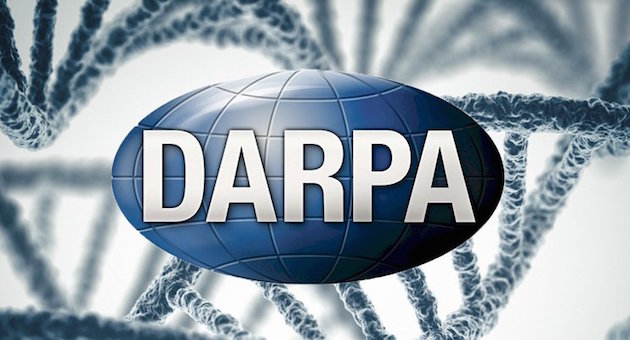AUTHOR NOTES TO
THE SINGULARITY WITNESS
“This world is but a canvas to our imagination.” Henry David Thoreau

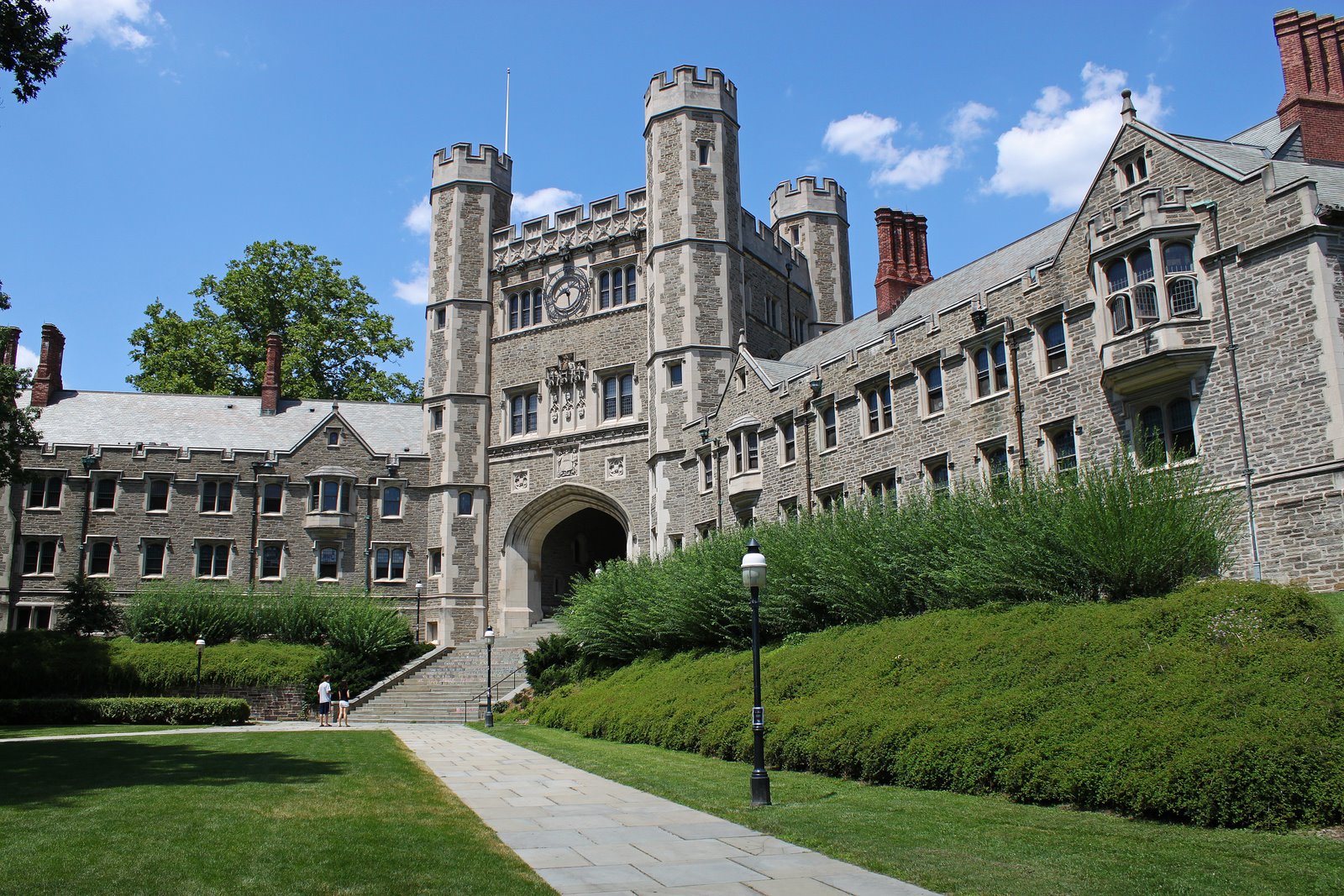
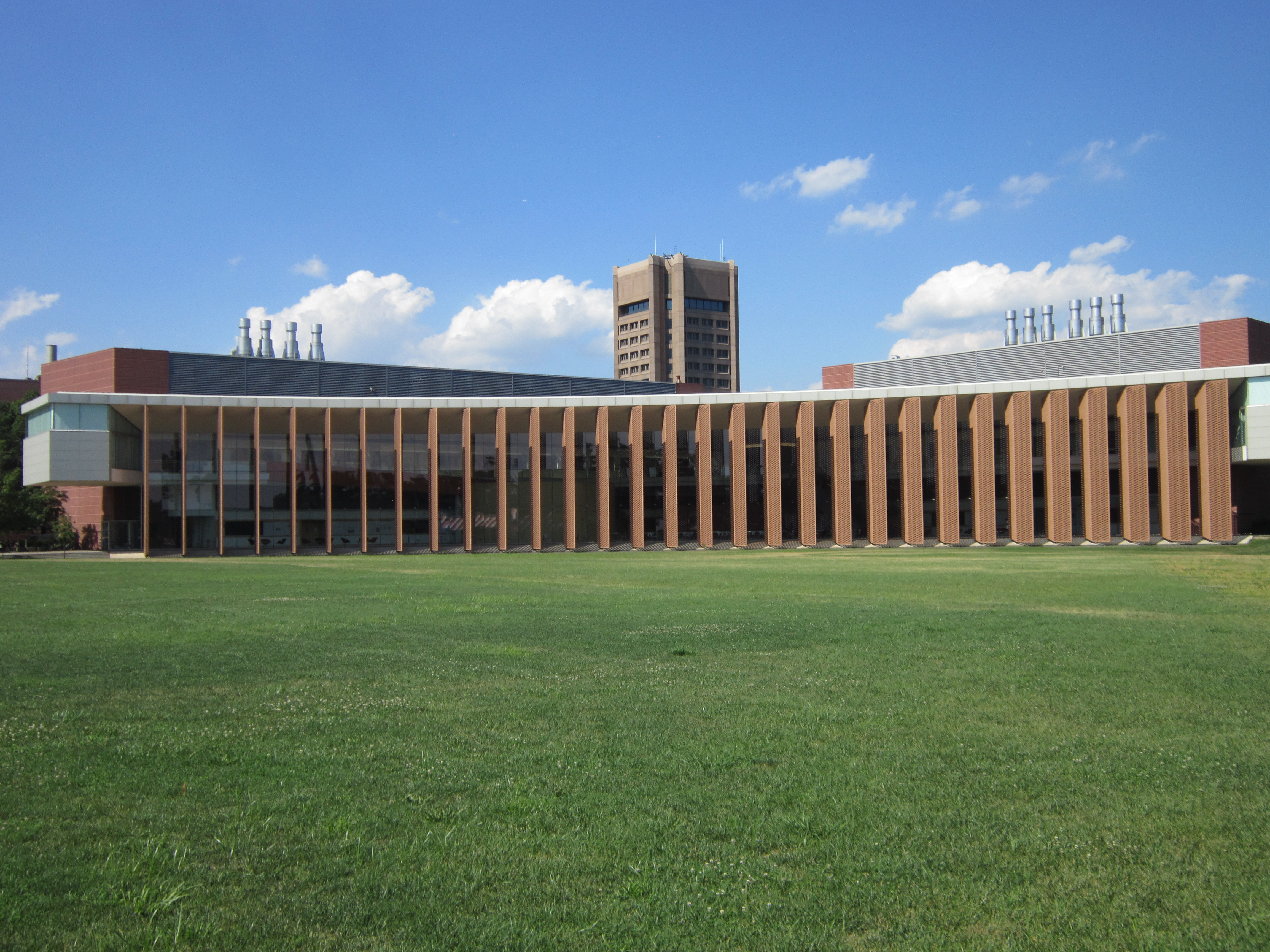
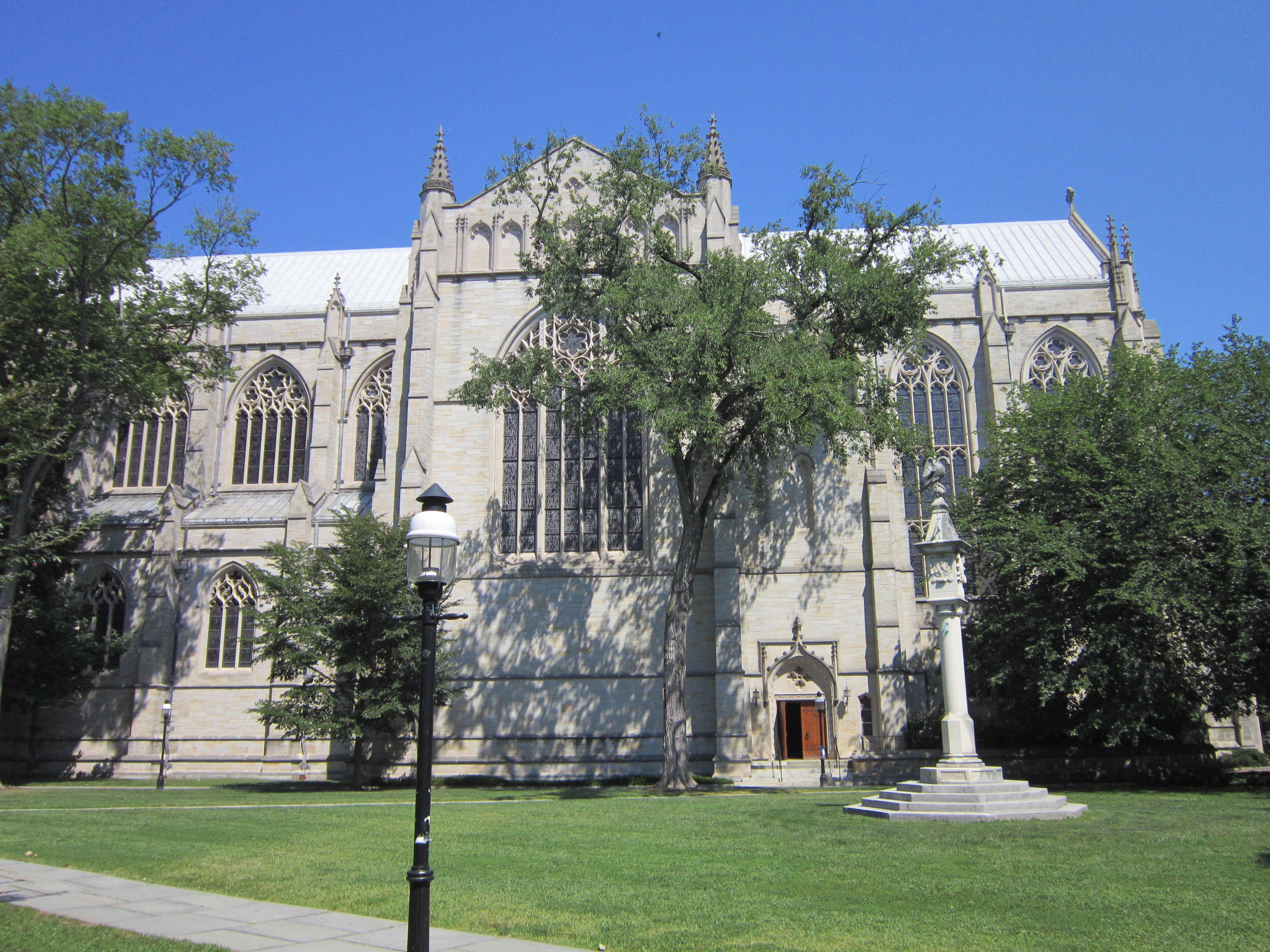

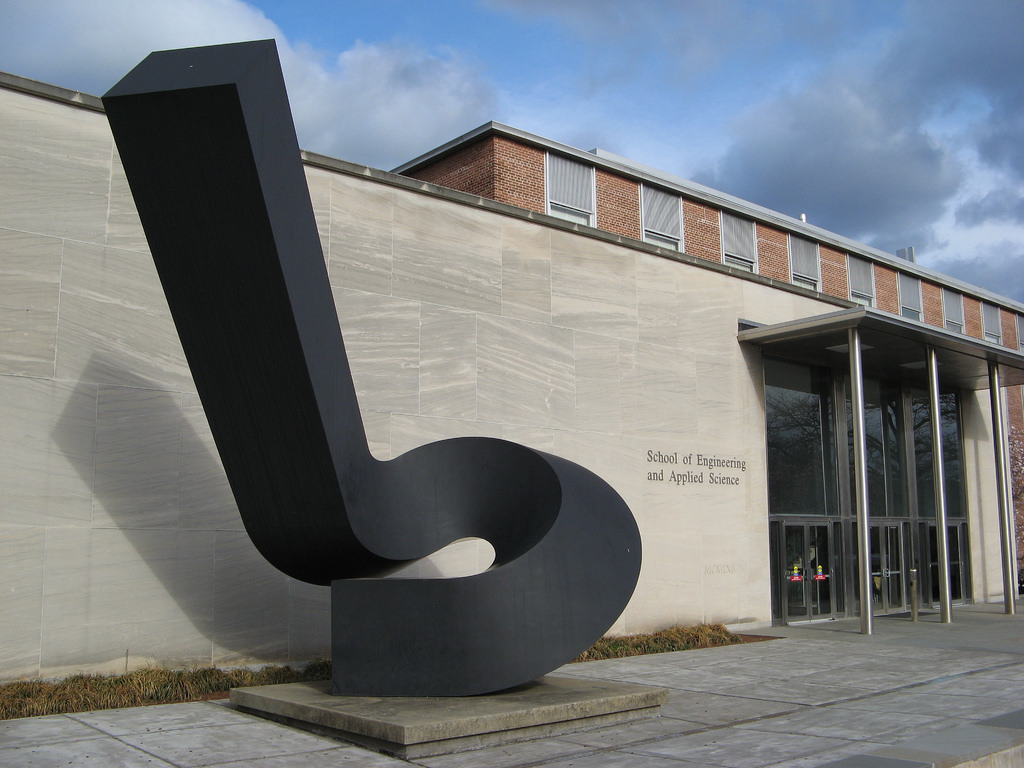
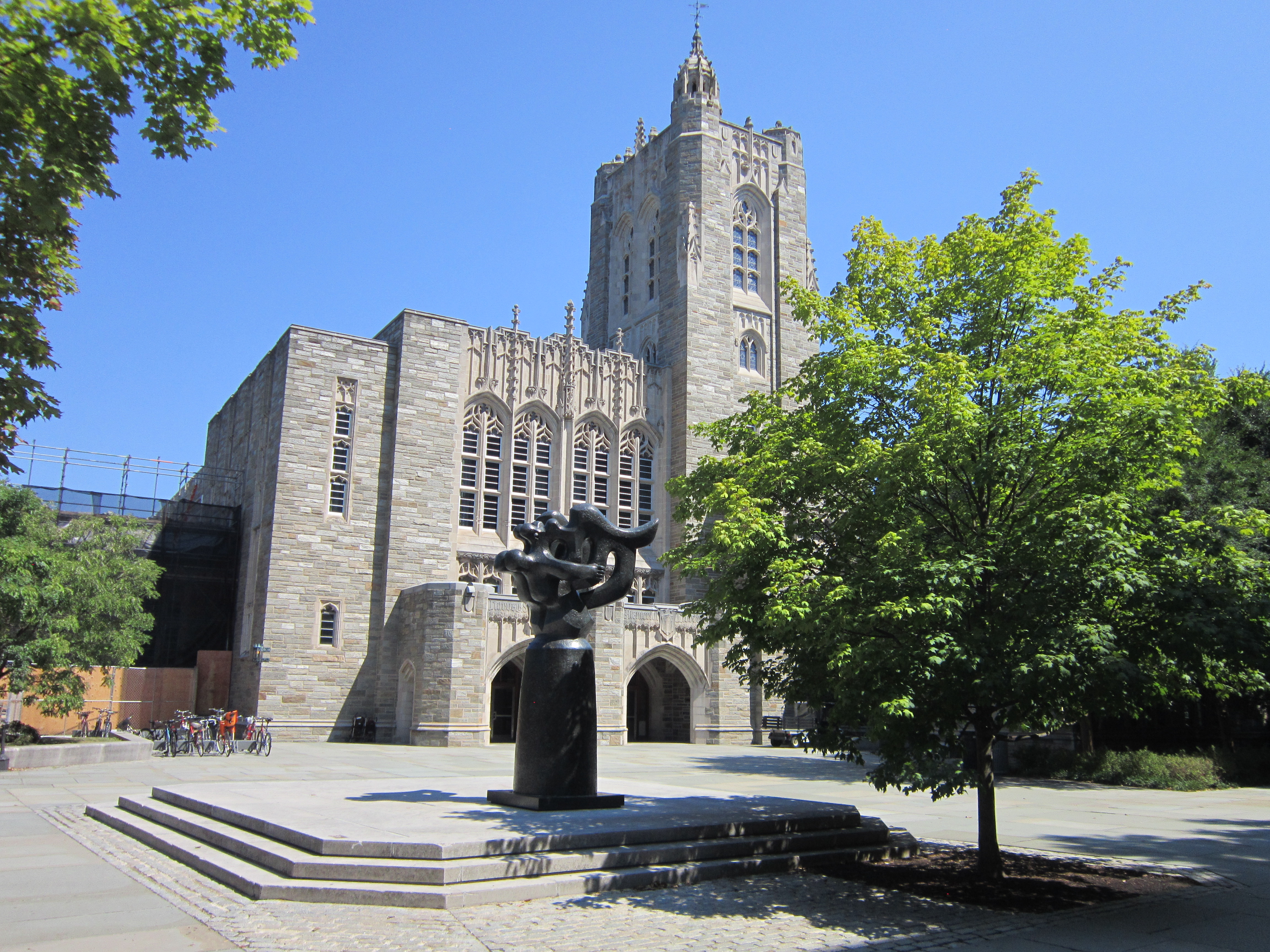
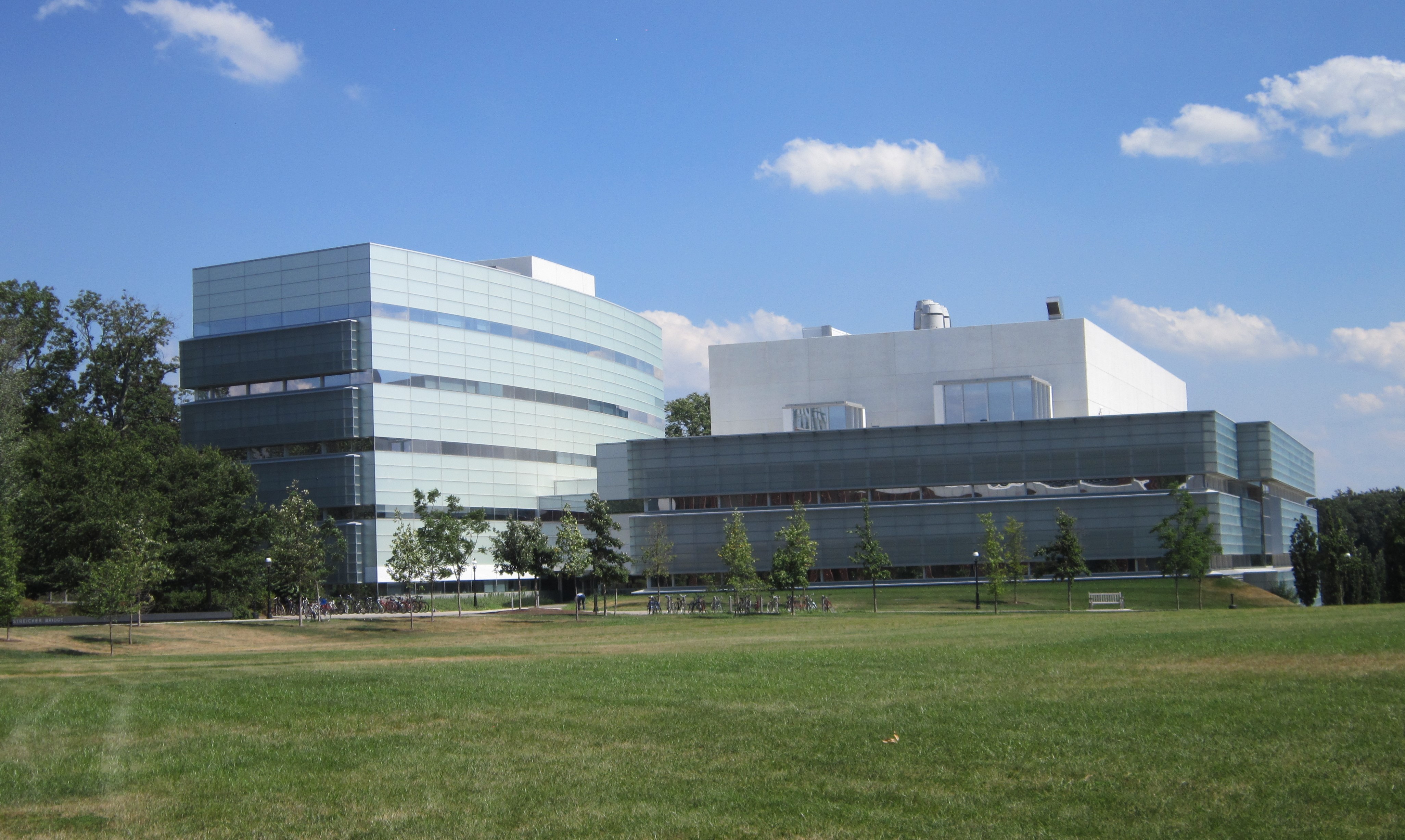






As a reader, I enjoy suspense and thrillers that weave aspects of history, science, medicine, or technology into the fabric of the drama. And as an engineer, I’ve had the good fortune to work on a variety medical and technological applications and get behind the scenes at military facilities. Those experiences provide threads to conspiracies and form a broader storytelling tapestry.
The Singularity Witness weaves threads from several scientific tangents and “what if” scenarios facing medical and scientific research. Over 400 printed, out of circulation, and electronic sources were reviewed, and only a fraction of the research made it into the story.
Some authors append their novels with writer/author notes or bibliographies as a way to provide glimpse to the behind the scenes background material–this webpage is dedicated to those who are interested in learning why certain bits of information were included in The Singularity Witness.
Fact and Fiction
In NEXT, Michael Crichton penned: “This novel is fiction, except for the parts that aren’t.” The same applies to The Singularity Witness, a story that weaves a tale of fact and fiction. It pushes the limits of what is possible, and, equally, what is not; it plays on promise of intellect, the potentials for scientific achievement, and human greed.
Any factual inaccuracies herein are mine alone.
The origin of the story came from my Master’s thesis, The Inner Trek. From my thesis to publication, some research reviewed became real and new scientific and medical concepts needed exploring. In the 1990s, novelized drafts were written under the title The Witness Tree. The story concept didn’t prove ready for release and everything went into the proverbial drawer.
As fate would have it, my engineering career took off and writing stories seemed less relevant. That was until I worked on a cutting-edge operating room project at Roswell Park Comprehensive Cancer Center in Buffalo, New York. During a design sidebar, I asked one of the hospital’s neurosurgeons about the challenges he faced in medicine and science. His eyes carried an enthusiastic twinkle and showed his passion as a doctor. He stood on a frontier of sorts, much like Stewart Richard’s quest for the Frontier, a place filled with possibilities yet it was in need of new technologies and enlightenments. After our meeting, I drafted up story notes on medical possibilities that had yet to be achieved and that brief meeting helped transform Thomas Parker’s character.
During revisions, Parker evolved to being a neurologist versus a neurosurgeon. From a public perspective, neurosurgeon seems like a sexier profession, yet in practical terms it would be realistically difficult for a surgeon to abandon a career that focused so much on saving lives on a daily basis and stepping back into a research role.
Locations
For The Singularity Witness, many story locations and settings are real. Where practical, I walked the locations to learn how best to set up a scene and build possibilities.
In both fiction and nonfiction, settings can function as characters themselves, however, in thrillers, pacing doesn’t permit much time to narratively develop peripheral landscapes.
Princeton University was selected as a backdrop and a place for characters to take root because of its unique setting, historical connections, and its active research programs.
The Advanced Neurological and Cybernetic Research Institute (ANCRI) is fictional yet it is loosely based on a blend of cybernetics, biopharma, or pharmaceutical labs and could easily reside in New Jersey.
PRINCETON UNIVERSITY
As the forth-oldest U.S. college, the university embodies a long, rich history. It’s both a beautiful and impressive institution on so many levels, and like its Ivy League cousins there’s a great deal of lore about it. The Revolutionary War era cannon shown in the photo is buried muzzle first in an area between buildings known as Cannon Green.
Princeton University was selected as a story backdrop and a place for characters to take root because of its unique setting, historical connections, and its active research programs.

At Princeton, if you take a student tour you quickly get a sense on how underclassmen are indoctrinated to focus on research from the moment they arrive on campus. Research and publishing are essential to the academic life cycle. Unless a faculty member is incredibly well funded, tenure-track faculty would be terminated at some point during their career for failing to publish; however, Parker’s university firing would occur in a different manner than what was fictionalized. Given that Associate Dean Phillip Derman has a lucrative incentive to betray Parker, a fictionally flawed university administrator might just be able to find ways to circumvent the institutional structures to suit his or her grander purpose.
The School of Engineering and Applied Science has delivered several scientific achievements and notable faculty and alumni. The engineering quad is real, except there are no blow-through-roof, two-story lab spaces on the forth floor. A couple of the engineering spaces were adjusted to fit the narrative. As a teaching neurologist, Thomas Parker required an engineering-like laboratory and a figurative homeroom; Derman through his conspiring connections secured him lab space even though Parker’s faculty position fell under the Princeton Neurological Institute.

PNI is co-housed with the Peretsman Scully Department of Psychology. It’s a young program compared to more established neuroscience counterparts (in academia and in private/public industry), and Princeton is the only Ivy League university that does not have a medical school. Since Thomas Parker is Neurologist and M.D., placing him at Princeton was a bit tricky unless his core desires were to avoid the spotlight, fly under commercial industry radars, and focus on his research. That’s where PNI comes in, a collaborative structure that brings faculty together from a variety of fields: computer science, biology, physics, mathematics, and psychology. PNI’s faculty supports or champions the following programs: Circuits Of coGnitive Systems (BRAIN COGS), International Brain Laboratory (IBL), Intel Labs and PNI Project, and the Rutgers-Princeton Center for Computational Cognitive Neuropsychiatry. Having Parker undertake an ambitious program to map the human consciousness fits in with PNI’s mission and purpose.
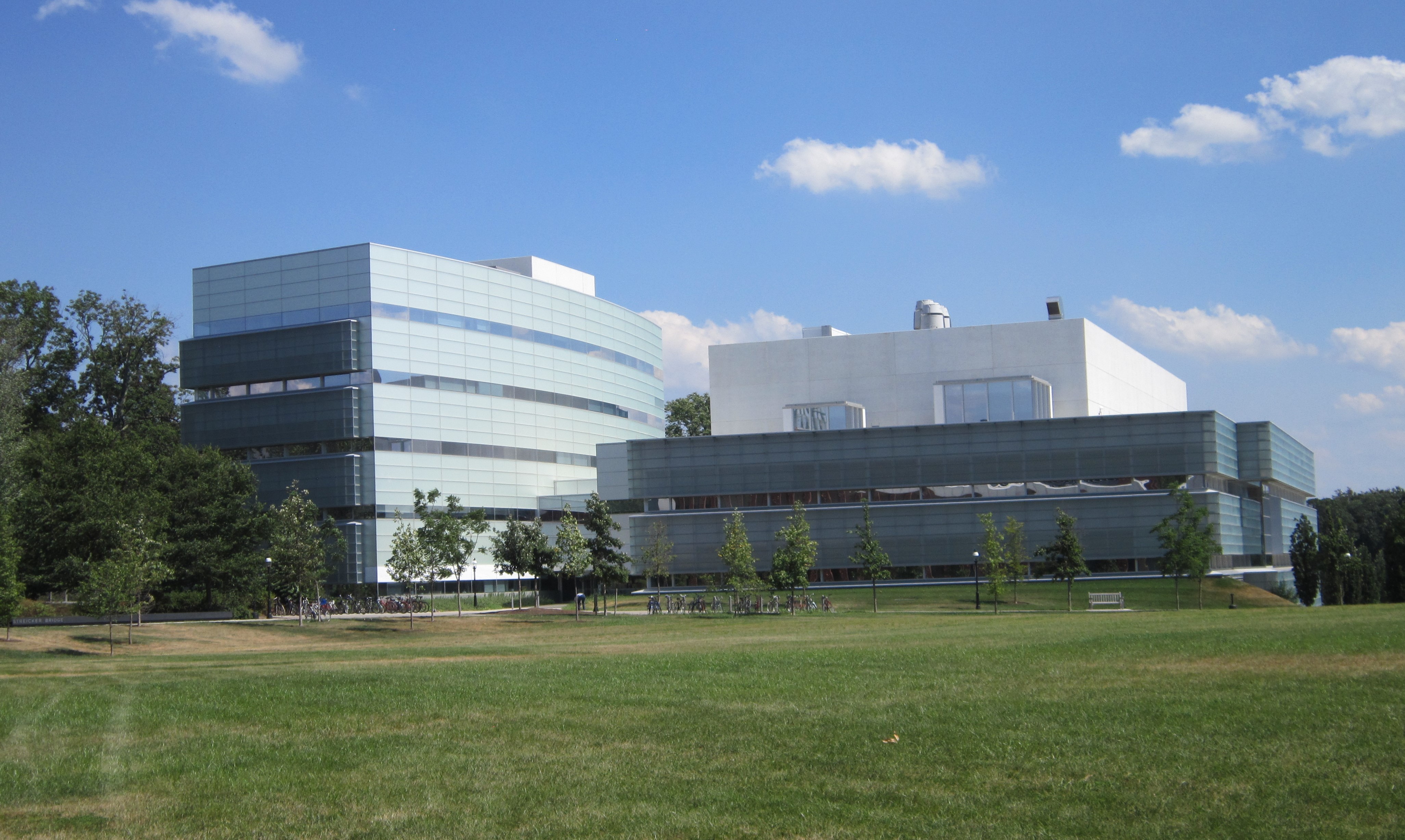
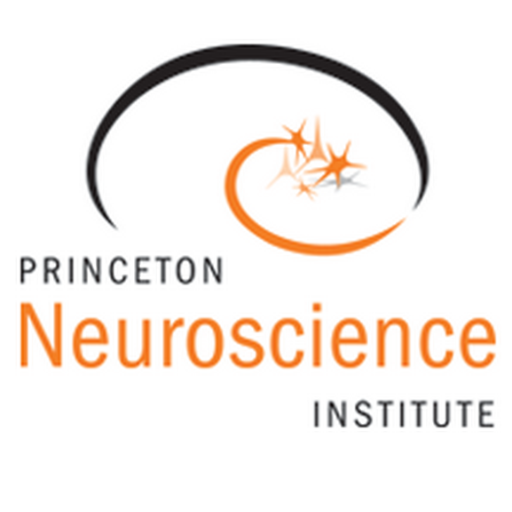
Lewis-Sigler Institute of Integrative Genomics and the Carl Icahn Laboratory
Across the Poe and Pardee Fields sits the Lewis-Sigler Institute of Integrative Genomics and the Carl Icahn Laboratory. A conference room with a window was added to allow Randy Wang to record the dead drop in the grass fields between the buildings.
The University Chapel is a Tudor Gothic style cathedral. Architecturally and setting speaking, it’s an amazing space that truly inspires a person to reflect. It really does have a Hogwarts’ Great Hall feel to it. University promotions note that the structure’s unique resonance has led to people to say that the “music and voices stay in the stones.” The University Chapel is open to the public and sits across from the Firestone Library—it’s worth the visit. As a setting, it was a wonderful place to play on the initial meeting between Kate Morgan and Randy Wang.

The Firestone Library was altered slightly to fit the dead drop scene. Named after the founder of the Firestone Tire & Rubber Company, the library houses millions of volumes in above and below grade spaces—and collectively the university lists enough printed materials to stretch from Princeton to New York City.

The shallow, man-made reservoir cradles the Princeton campus. The steel magnate Andrew Carnegie donated the funds to construct the lake. The privately owned lake is used by the Tigers and the U.S. Olympic rowing teams to train. The lake scene not only serves as a place for Debra Ford to ditch her immediate burdens, but it reveals just a hint to the twisted relationship with an untrusting competitor/collaborator.

PRINCETON, NEW JERSEY










As a story backdrop, Princeton, New Jersey, has variety of historical and popular locations to explore (for tourists and locals alike); only a few places are mentioned in the story, including the Nassau Inn with its legendary Yankee Doodle Tap Room, the Ivy Inn just down the street from the School of Engineering and Applied Science, Alchemist & Barrister, Teresa’s Caffe, and PJ’s Pancake House which sits across the street from the university. Each is worth a stop if you’re in the neighborhood.
An interesting fact about the 13-feet wide Norman Rockwell mural in Nassau Inn’s Yankee Doodle Tap Room is that the painting is actually owned by the university, originally wider than the final placement and had to be trimmed to fit, and Rockwell used live models over the course of nine months to complete the painting.
OTHER LOCATIONS
Severna Park
The wooded suburb is south of Baltimore, Maryland, and north of Annapolis (The U.S. Naval Academy) and between the Severn River and the Magothy River. Debra Ford’s micro-mansion was modeled off of an upscale home that dots the river front. In the story, the residence was raised in elevation to provide a broader view across the river and horizon.

Georgetown, Washington, DC
Georgetown is a historic northwest neighborhood that resides inside the boundaries of Washington, D.C., on the edge of the Potomac River. The town predates the establishment of the District of Columbia. It’s most noted for Georgetown University and is home to ten embassies. The Papermill condos and townhomes are a group of residences that are just north of the Whitehurst Freeway and the riverfront.

Library of Congress
The U.S. Library of Congress (LOC) is a collective group of buildings that house the largest cataloged collection of media in the world. The James Madison Building was selected for its functional layout and because it caters to fewer tourists. Several portions of the building are open to the public. A Reader Identification Card is available to individuals for checking out materials and academic research.
On the fourth floor is the U.S. Patent Office, the location where the Randy Wand arranges Wright’s dead drop. A framework of semi-secure tunnels link the library structures and the U.S. Capitol to each other. The tunnels are open to the public with tours available. What is also unique about the connecting tunnels is that they support the offices for the Architect of the Capitol, mason and carpentry shops, and machine rooms.
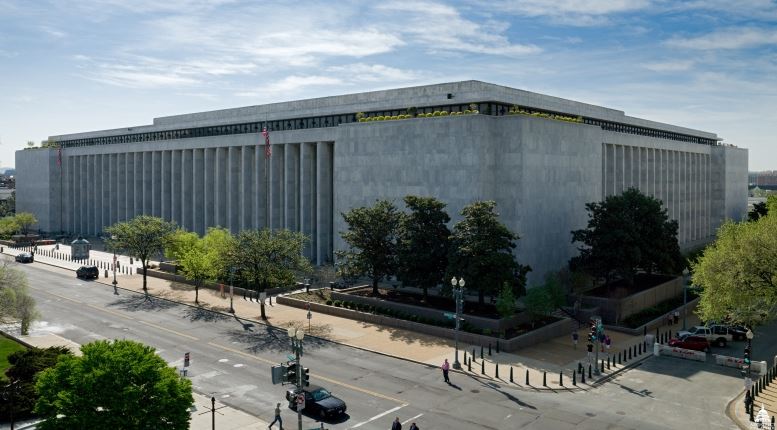
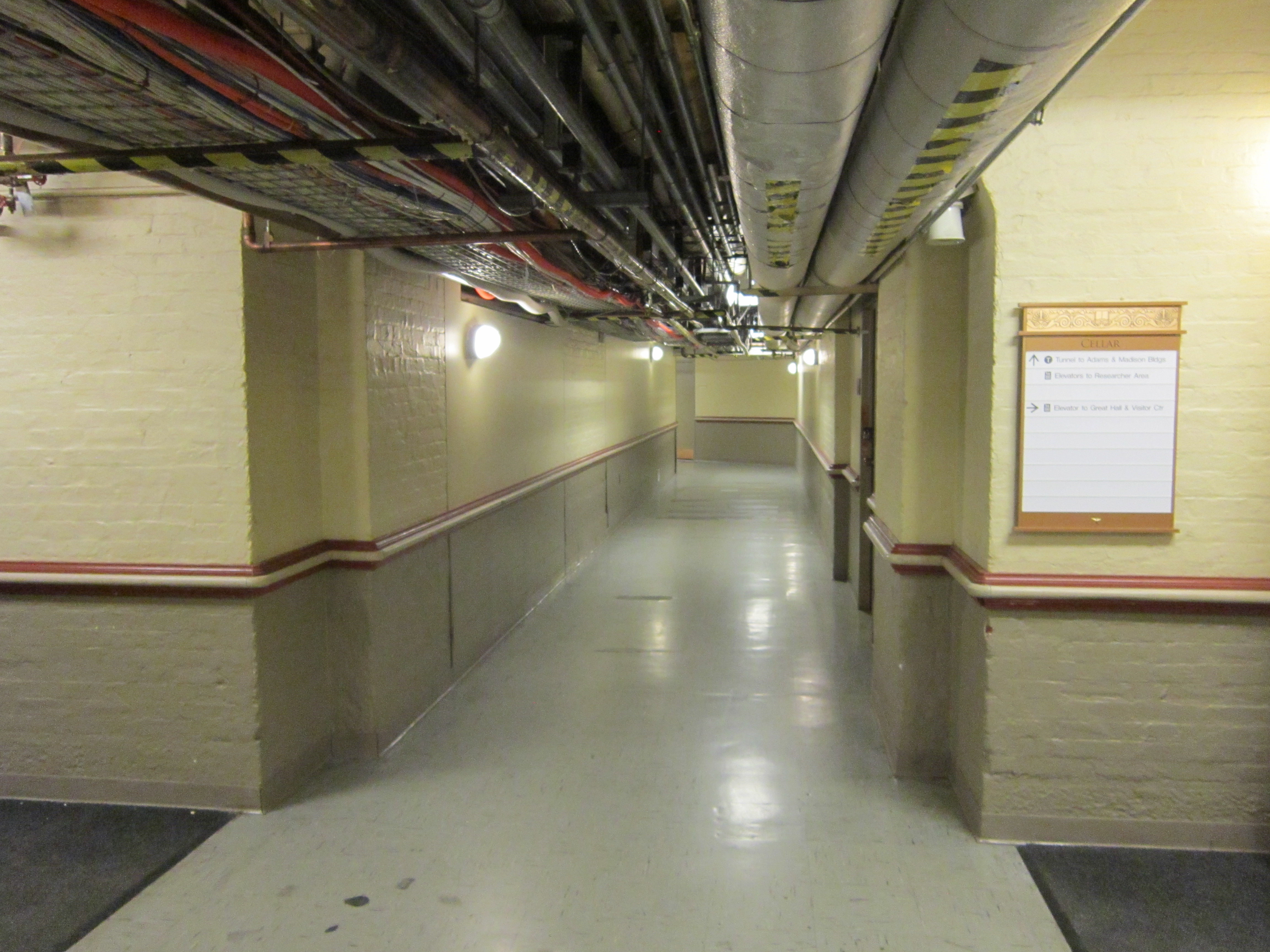
Washington, DC, and Surveillance
The District of Columbia and surveillance measures: indoor and outdoor surveillance (federal and via the Metropolitan Police Department of DC) from the Mall to the White House is quite real. Since 2001, closed-circuit protective measures have become highly advanced and networked together into a common platform. But there are coverage gaps, enough to allow Jack Wright to escape illicit government contractors and flee the James Madison Building–you just need to know how to spot those gaps.
The MPDC lists permanent camera locations and there are signs posted to document where only “permanent cameras are deployed.” The public space closed-circuit television (CCTV) camera system has proven vulnerable to hackers (January 2017 ahead of the presidential inauguration)—more about surveillance systems will be in my upcoming thriller, Thirteen Across.

NEUROLOGICAL SINGULARITY
The The Singularity Witness story premise and underlying theme crystalized for me when I saw a CNBC news show discuss artificial superintelligence in an autonomous sense, the moment where software applications or artificial/digital intelligence become self-aware (with the ability to question its own existence and surpass the capacity or comprehension of human intelligence). In this case, singularity is the point where the non-biological application or machine no longer need humans (the point at which a function takes on an infinite value). The CNBC program provided inspiration that helped solidify Caroline Wang’s role as The Singularity Witness.
John von Neumann, a mathematician and computer scientist, taught at Princeton, and is buried in the Princeton Cemetery (also mentioned in the story). Neumann was the first to coin the term “singularity”. Since then others have seized on this philosophical germination and expanded on the singularity label. Neumann has two quotes that provide important declarations: “the ever accelerating progress of technology … gives the appearance of approaching some essential singularity in the history of the race beyond which human affairs, as we know them, could not continue” and “When we talk mathematics, we may be discussing a secondary language built on the primary language of the nervous system.”
As far as I am aware, I’m the first to define neurological singularity, the moment or point in time that delineates the “technical achievement of fundamental synaptic mapping, not just of the brain, but the creation of an interactive map of human consciousness.”
Possessing the ability to precisely interface with the mind, touch streams of consciousness and read memories, and even perhaps alter, rewire, or reprogram neurological states would be a game-changing moment. But as with any aspect of medical, scientific, and technological advancement, humankind will ultimately face ethical and moral quandaries. Humans as a species characteristically have significant fatal flaws, and history records that technological achievement is not always used in the best interests of all humankind. “Power is the ultimate aphrodisiac,” Henry Kissinger.
As troubling as it sounds, before known religious rites or the dawn of medicine, there has been the sacrifice of humans by humans to test physical or social conventions. Funded, government-sponsored, or government-sanctioned human experimentation (using human beings as test subjects or biological specimens) is not new.
Do a web search on the “history of human experiments.” You might be shocked with what is found. In our modern era, the United States is guilty, as are other countries. Some programs probably had good intentions—designed for the overall common good—but were executed with a God-like judgement and premeditated malice. Likely, an underlying premise was to sacrifice a few in order to save many.
For me, the first novel I read that involved human test subjects was Robin Cook’s Coma. As creepy as it sounds, it was cool to read at the time. I remember the film version inaccurately portrayed a method for sustaining human life in a vegetative state, something I wanted to correct when writing The Singularity Witness.
RESEARCH AND TECHNOLOGY
As mentioned at the beginning, over 400 printed, out of circulation, and electronic sources were reviewed, and only a fraction of the research made it into the story. When I started the research as part of my thesis, I read everything that I could get my hands on in terms of brain and memory research, including diseases of the brain. These sources were anything from popular culture Popular Science/Popular Mechanics to Scientific American to the Journal of the American Medical Association (JAMA) articles to brain autopsies to medical and brain anatomy texts for doctors. Just the tip of the iceberg was touched. No matter how much I read it comes up short of what those (doctors and researchers) who work in the fields of neuroscience, neuro-biology, neuro-gentics, neuro-pharmacology, neurology, and neurosurgery. And remember, the novel is fiction, except for the parts that aren’t.
Brain Mapping, Mind Reading, and Outright Telepathy
Rightfully so, there is quite a scientific thirst (public and private) for brain mapping, mind reading, telepathy, the construction of functional brain-control interfaces (BCIs), and the mind-meld experience known as brain-to-brain interfaces.
Beyond corporations and for-profit business, even governments want in on this action, whether it is for military applications, space programs, or intelligence/interrogation techniques.
There is far too much neurological research to list, however, after the novel’s copyright date and before publication, in September 2018, an article was posted that documented the first three-person non-invasive brain-to-brain “social network” communicative experience. In 2015, the University of Washington performed an experiment that linked two human brains for a question-an-answer experiment using a crude EEG cap (which was used as initial research).
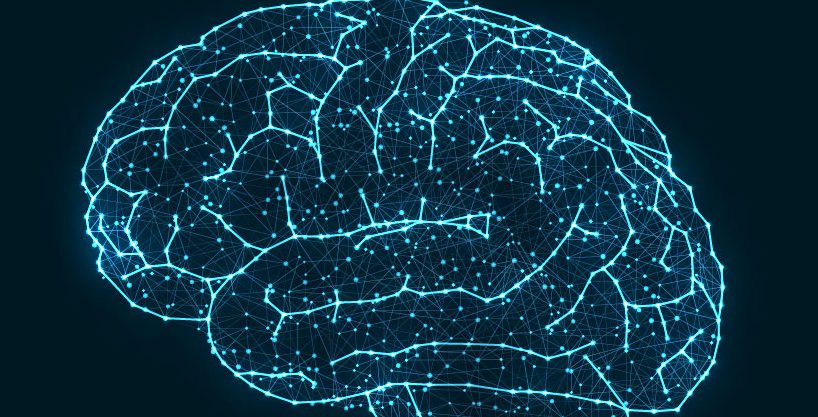

Neuroscience Research Programs
The neuroscience research programs mentioned or their implied institutions are real, from Yale to UCLA’s LONI, MIT, Harvard, Johns Hopkins, Cal Poly, PNI, and Boston University’s Center for Adaptive Systems. There are too many endeavors to slip into narrative without literally burying the reader, and more emerge each day.
One thing is certain, medicine and science still has a lot to learn about the human brain and its inhabitant, the human mind. Scientists need advancing technologies so that known envelopes can be pushed and new horizons explored.
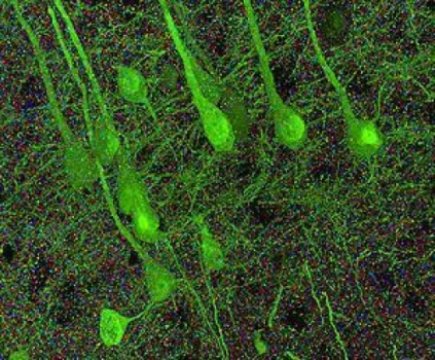
Human Cognitive Capabilities
Physiologically speaking, human cognitive capabilities make us unique creatures. Our minds, beyond the brain as an organ (a biological machine as it were), make us who we are. From the outside looking in, human skull resistivity makes it challenging to precisely detect, measure, and track individual migration of neurotransmitters and ion exchanges between synapsis—sure bulk energy transfers can be identified, but not with enough clarity to reverse engineer a human thought. Implanted electrodes beneath the skullcap offer better recording of individualized neural electro-chemical movements—but this isn’t practical in everyday out-of-the-hospital applications.
If a Cerebro-like cognitive tool is created for use without penetrating the skull, science will more than likely need multi-layered superconducting quantum interface devices (SQUIDs) or equivalent technologies for targeting specific neurons, micro-cooling tubes to keeping SQUIDs frigid, optoelectric-integrated fiber optic circuits, and a host of components that are not even conceptualized yet. A plethora of technology-based companies are racing to generate sellable BCI gadgets and gizmos and appliances for the plugged-in consumer.
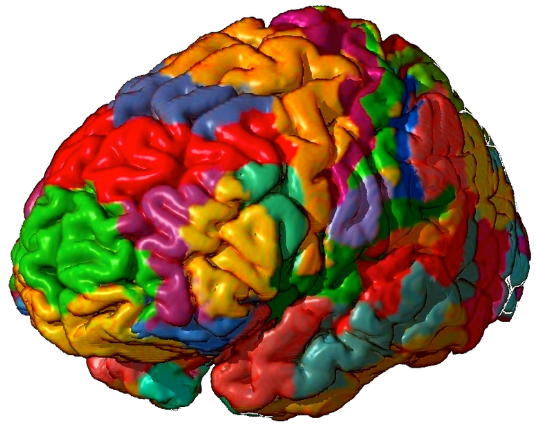
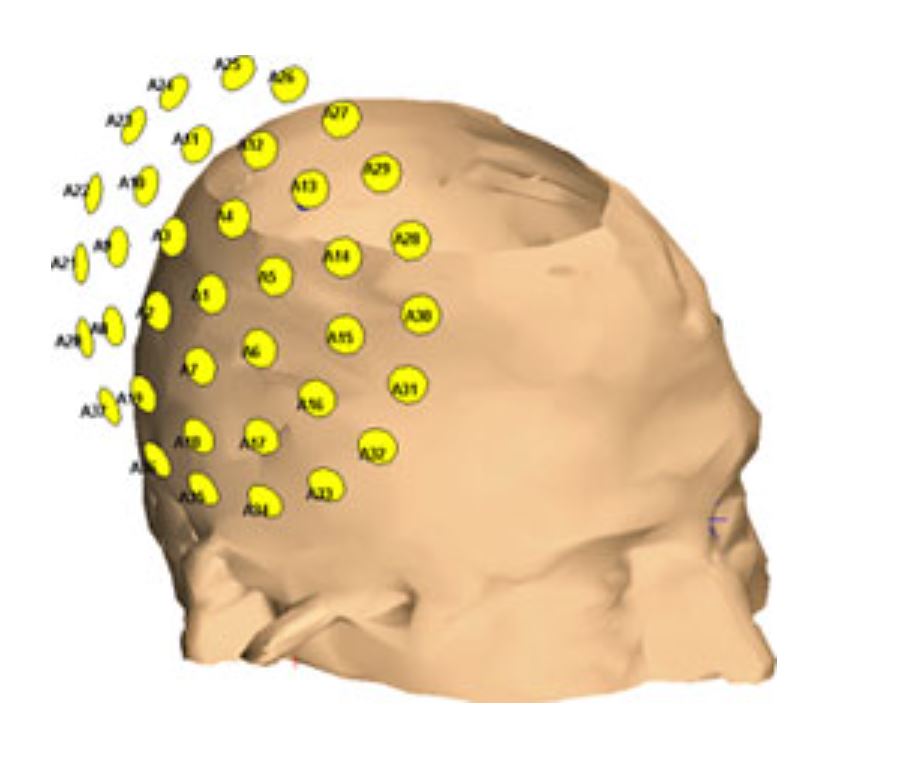
Brain Physiology Vs. Binary Math
Regardless of how the brain physiologically processes information, data, micro-chemical-electrical charges, the digital community still pushes the binary method, on and off, ones and zeros, because the mathematical and physical convention is essential to their system-based approaches. But the brain is neither analog nor digital.
It’s likely that a new paradigm of mathematical modeling, neuro-physiology translations, and quantum biology/mechanics will be be required to construct repeatable brain physiology modeling.

10% Brain Utilization Myth
The ten percent brain utilization myth has been dismissed by most of the scientific community, however, the perpetuated notion still carries on and feeds a yearning that human cognitive capacity and organ utilization is proportionally low compared to our evolutionary potential. It’s understandable that as a species, many people desire to expand their intellectual comprehension and seek a cosmic, almost God-like grandness, a neurological capacity far beyond present day mortal limits. This is not to say that the human species has maximized cognitive potential within individual cranial masses; most certainly, we have room to grow.
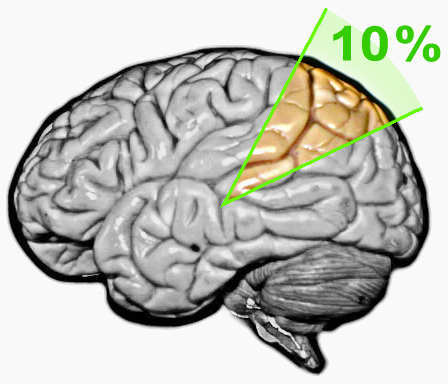
The Grandmother Cell
The grandmother cell, the gnostic neuron, or as some have labeled it the Jennifer Aniston neuron, is a hypothetical neural activation relationship that is tuned or predisposed to respond to certain visual cues or triggers. There is an ongoing debate on this hypothetical premise, and an argument against sparseness and neural distributed representation theory. The takeaway here is scientists are still a long ways from figuring out the brain as an organ and the cognitive faculties between our ears.

Rosehip Neurons
There is a brain cell specific to humans that has not been found (to date) in other species. “Rosehip” neurons function as traffic control in the brain, and help direct the flow of electrochemical information. The discovery of the “rosehip” brain cell was first printed in the journal Nature Neuroscience. Thomas Parker’s brain map would have to model and track neurological signals from similar neurons in order to build his brain map.
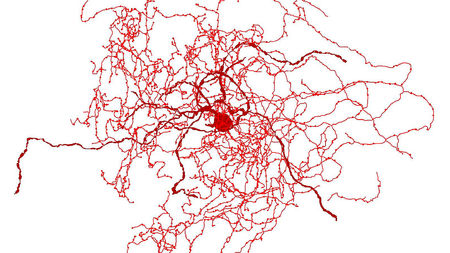
Research Programs Mentioned
In the story, several neurological research endeavors are referenced. At the time of publication, the most prominent programs are: The BRAIN Initiative (Brain Research through Advancing Innovative Neurotechnologies has multiple federal and non-federal sponsors and partners [of which are the National Science Foundation (NSF), Defense Advanced Research Projects (DARPA) and The Intelligence Advanced Research Projects Activity (IARPA)]—the U.S. military has a significant investment in this high stakes endeavor.
The BigNeuron project is a broader program led by the Allen Institute for Brain Science—the largest sponsors are universities with fewer federal entities. The Blue Brain project is more of a global initiative, championed by the Swiss and supported by a blend of industry and universities.
The Human Connectome project is a joint university-based effort to map the brain’s neural pathways. Princeton faculty and staff support the International Brain Laboratory. The European neuroscience community has a joint network called the Federation of European Neuroscience Societies (FENS). While these are independent research efforts, most of them collaborate and share research for the common good of all.
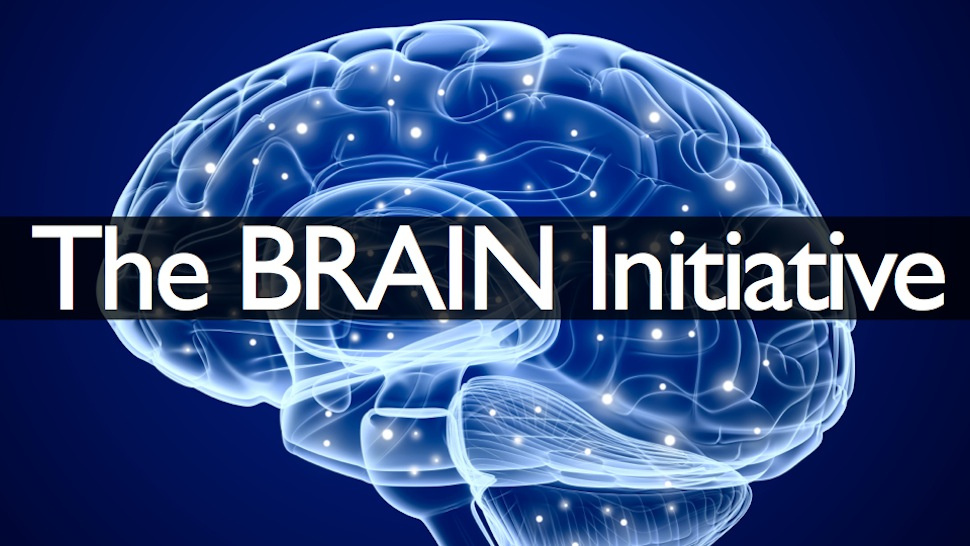

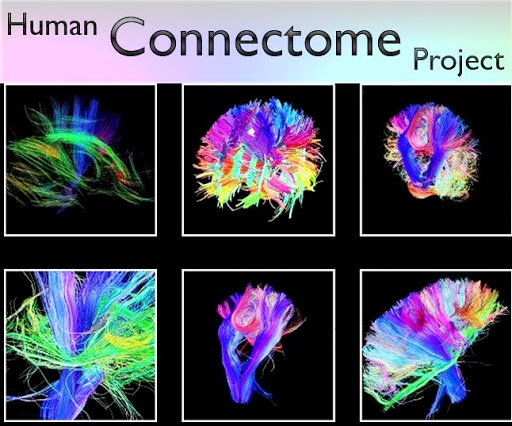
EEG Caps / EEG Skullcaps
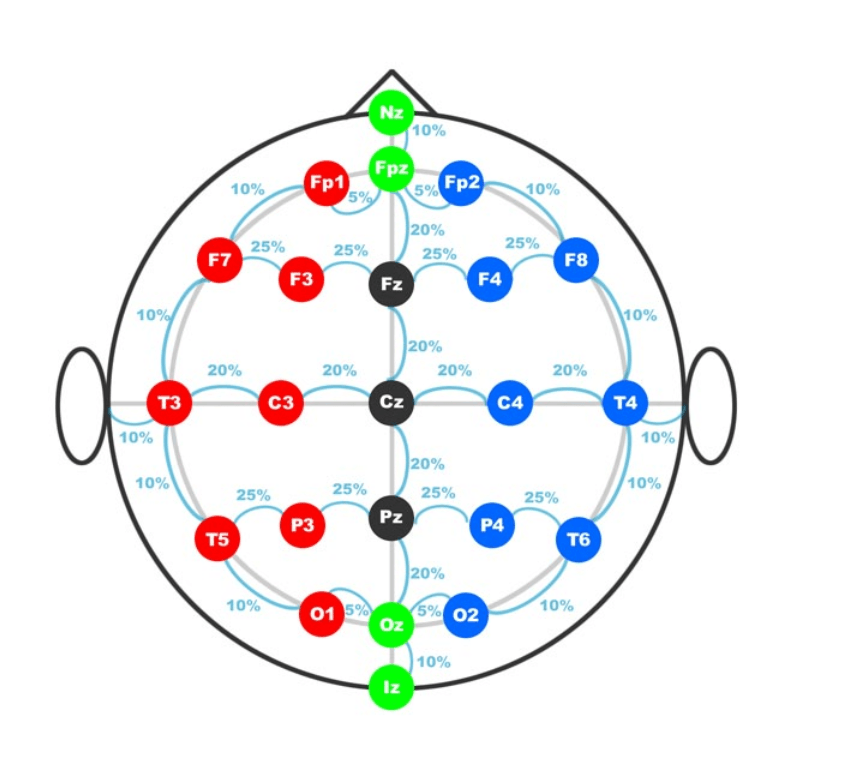
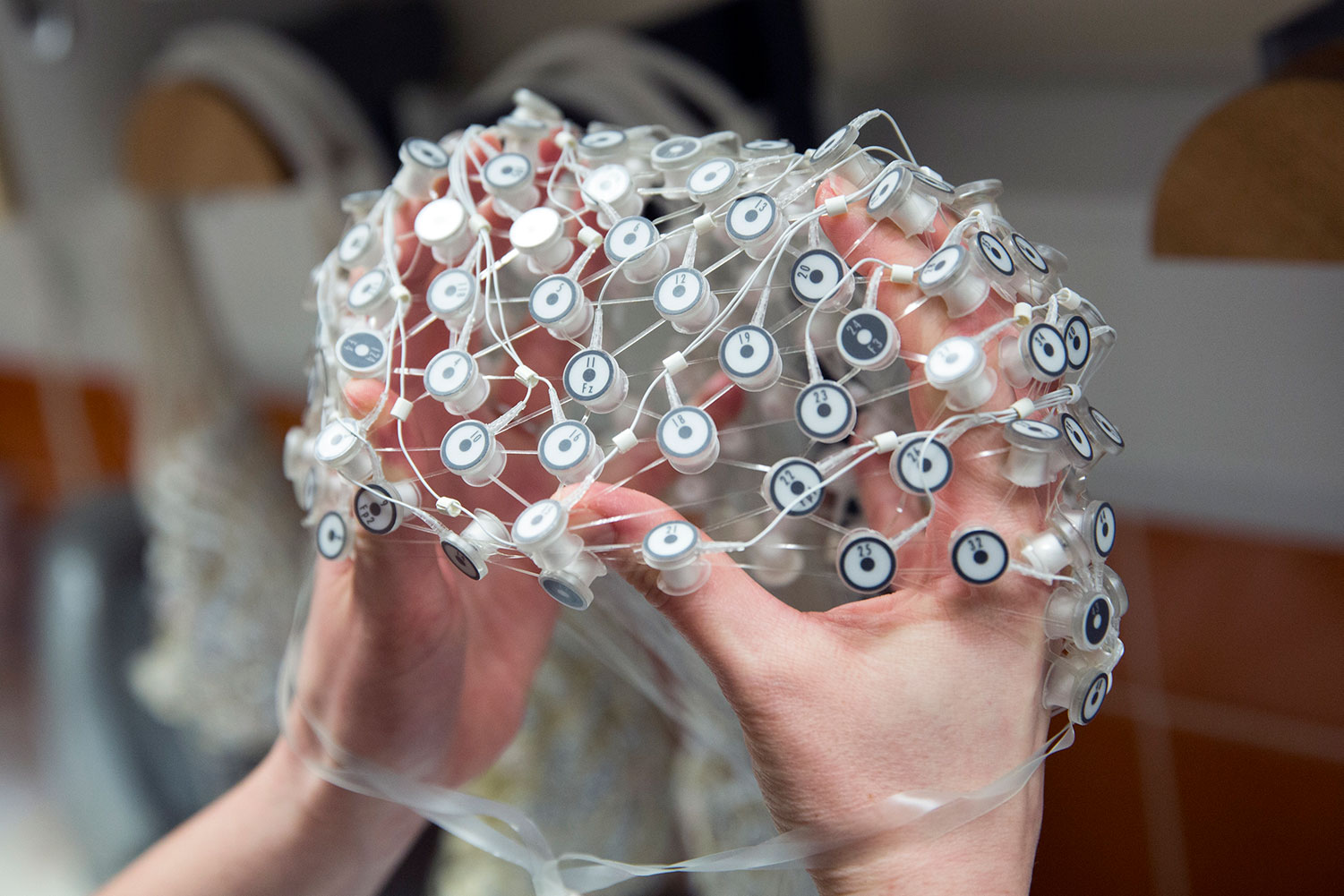
Organoids and Mini-brains

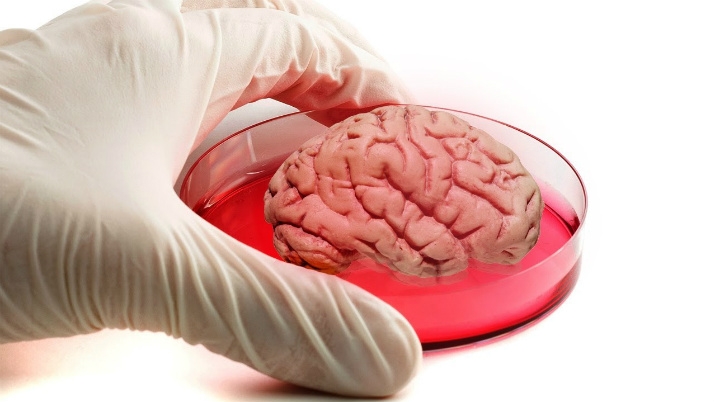
Dos Equis

SUPERCOMPUTERS
The claims and accolades of being the world’s fastest supercomputer is a fleeting shout out. The pendulum swings back and forth. As with many technologies, industry achievements and overcoming technological hurdles makes for an ever-changing landscape. For supercomputers and artificial intelligence, the initial drafts of the story needed scrubbing simply because technological achievement outpaced the story. That’s where the concept of pushing beyond technical constraints and looking into quantum computing offered opportunities.
Wiki says that “a supercomputer is a computer with a high level of performance compared to a general-purpose computer.” That’s an over simplification. There’s plenty of debate as to which massive main-frame system is considered the fastest and can execute more computations. Categorized under the TOP500 Supercomputer Sites, in 2018, the “IBM Summit” at Oak Ridge Labs recorded 122.3 petaflops (one-thousand-tera floating-point operations per second). That’s pretty fast but not brain-like fast.
Regardless of what AI-sponsors and computer scientists says, a one-and-zero language cannot efficiently mimic the operational performance of the brain (and its inhabitant, the human mind).
So to push beyond rigid mindsets, narrow outlooks, and technical limits, for the story a different rule-based supercomputer was required, one that took advantage of quantum mechanics and superconductor properties. It needed to be large-scale brain-like and maintain individual neural functions. Beyond its physical and hardware confines, this game-changing platform needed a wide range of new software architectures and operational languages. ANCRI’s three-story, superconductor, quantum-based supercomputer and atomic-based memory storage systems had to be unique.
Supercomputers


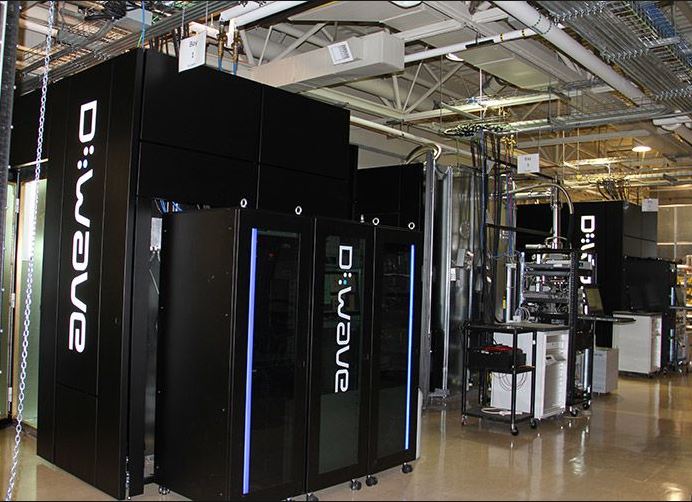
ADDITIONAL RESEARCH AND FINAL TID BITS
U.S. Senate Committee on Commerce, Science, & Transportation
The U.S. Senate Committee on Commerce, Science, & Transportation has ancestral, commerce-based roots dating back to the 14th Congress. Since then the focus of the committee has evolved to provide legislative oversight for a number of jurisdictions. Today it has six subcommittees, two of which are prominent in this tale: the Communications, Technology, Innovation, and the Internet; and Space, Science, and Competitiveness.
For U.S. Senator Samuel Ford, it’s not a stretch to promote the premise that these legislative committees have the potential influence trillions of dollars in world-wide industry, research, and commerce. As a U.S. Senator and Washington insider, Ford too wanted to know more about Stewart Richard’s so-called Frontier.
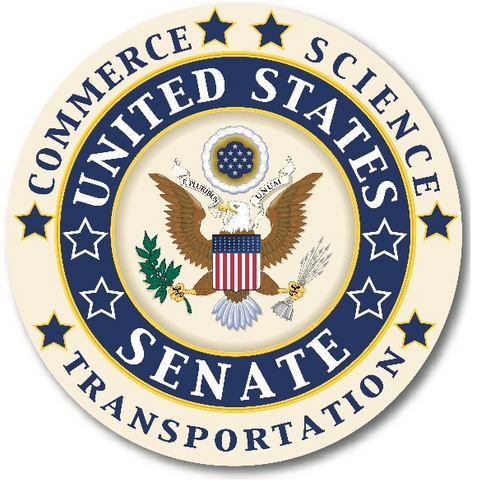
The SpringerProtocols
The SpingerProtocols is a subscription-based database of research articles for the bioscience community. The journals have evolved past printed media to the electronic realm (online, mobile and even video platforms). The SpingerProtocols mentioned in the Firestone library never disclosed a publication date (so Caroline Wang would have needed to access materials at least five years old to perform her version of a dead drop).

Secure Online Chat Services
ChatCrypt is one of several web-based, secure chat services (online chatrooms) available–and this is not an endorsement of the product.
For the story, the ChatCrypt platform and user experience was enhanced to allow the exchange of real-time information (videos, photos, etc.) between Randy Wang and Jack Wright. If you’re a NSA officer with sensitive secrets to share, you’d be quite in tune with latest technologies, cloud services, and protecting any information shared across an exposed Internet.

TrapCall
TrapCall is a commercial mobile app used to disclose anonymous caller ID. Again, this is not an endorsement of the product and there several applications available.
As an FBI Special Agent, Jack Wright used the mobile app to validate incoming calls… Opposite to this kind of disclosure, NSA Colonel Randy Wang would be using opposing technology to get around such applications.

Web Crawlers and Web Spiders
A web crawler (aka a web spider) is a software application (a bot) that runs automated rule-based, fetch scripts (queries) to search the Internet.
These fetch applications can be tailored to scan through the vast amount of irrelevant information and filter specific results.
Bots can be good or malicious, or customized to support Parker’s desires to root out particular information across the vast Internet of things (IoT).

Virtual Reality Environments
The cave automatic virtual environment (CAVE) is an immersive 3D setting. CAVE was invented by Daniel Sandin and developed by a talented team at the University of Illinois.
Early research focused a great deal on the CAVE endeavors but the story needed to push those limits. While virtual reality (VR) applications and devices are now in the consumer space. But the “light touch” or “light footprint” or “off-body” gadgetry experience remains mostly fictional, but it is the clearly the predominant destination for integrating immersive realms into our everyday lives.
In the story, the Immersion Theater drew on an application the U.S. Air Force was evaluating for a real-time application for global space assets and tracking. In the movie, Iron Man 3, the villain used an “off-body” concept to demonstrate his neurological interface on a smaller scale that what was required for Thomas Parker to build Kate Morgan’s essential cognitive model.

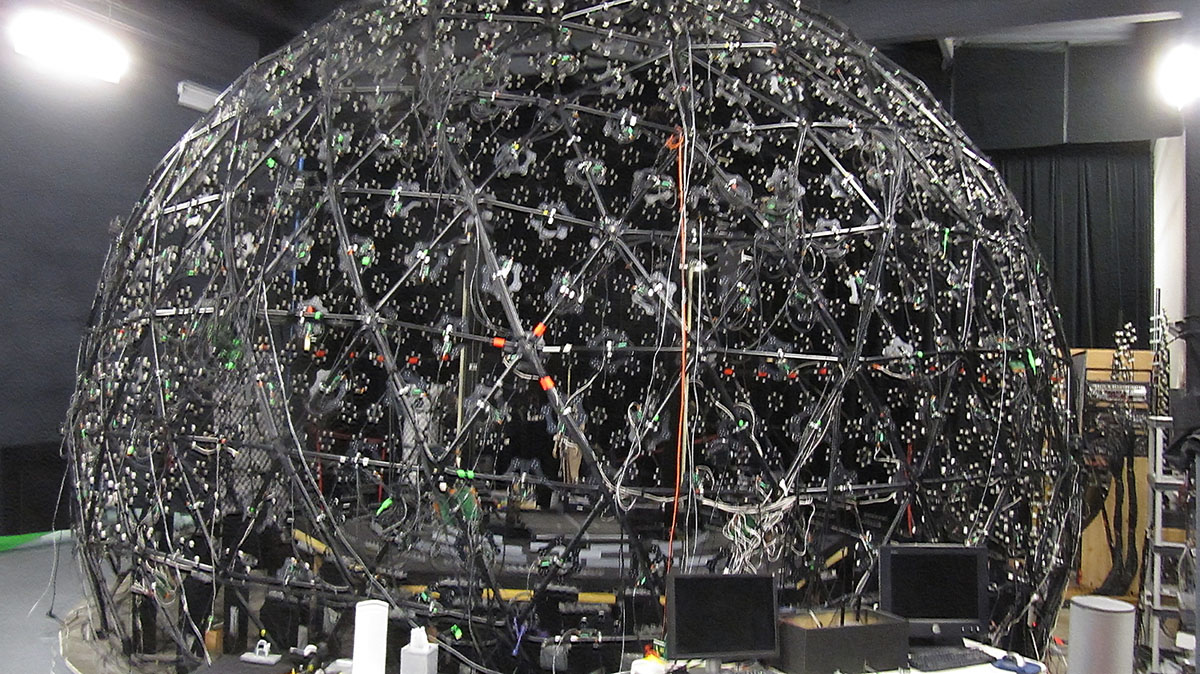
KUBARK Counterintelligence Interrogation Manual
The KUBARK Counterintelligence Interrogation manual became the basis for modern interrogation and coercive techniques for the CIA and the U.S. military, expanding on field-tested practices that go back into the 1950s.
The 1963 CIA document was declassified in 1997 under the Freedom of Information Act (FOIA). PDF copies of the document are available on the Internet.
The usage of interrogation techniques by Randy Wang also shows how far operatives of the U.S. government might go to secure a revolutionary and game changing technology.

The National Security Agency
The National Security Agency (NSA) plays a sub-layer role in the story. While a plethora of U.S. agencies could have filled this narrative function, who better to have chasing singularity and its watershed of secrets than the defense-based agency in charge of discovering secrets for that matter. In the aftermath of Edward Snowden’s leaks, the NSA has taken its beatings in the court of public opinion—some merited, some not—I’ll leave it to the reader to decide whether the Free World is safer with agencies like the NSA than without it.
The NSA was established in 1952 by Harry S. Truman, and the notions of military-backed, secret bureaus dedicated to deciphering foreign communications goes back much earlier than that. The NSA has a blend of civilian employees and military staff, and has a very formal command structure, which is where the role of the Central Security Service (CSS) and Randy Wang’s unique position gains traction in the story.
The NSA’s secret CO-TRAVELER cell phone program is real, and there are many who question the constitutionality of monitoring U.S. Citizens. People, rightfully so, fear an Orwellian Big Brother violation our civil rights. I fictionalized part of the CO-TRAVELER technical application to fit a fictional narrative.
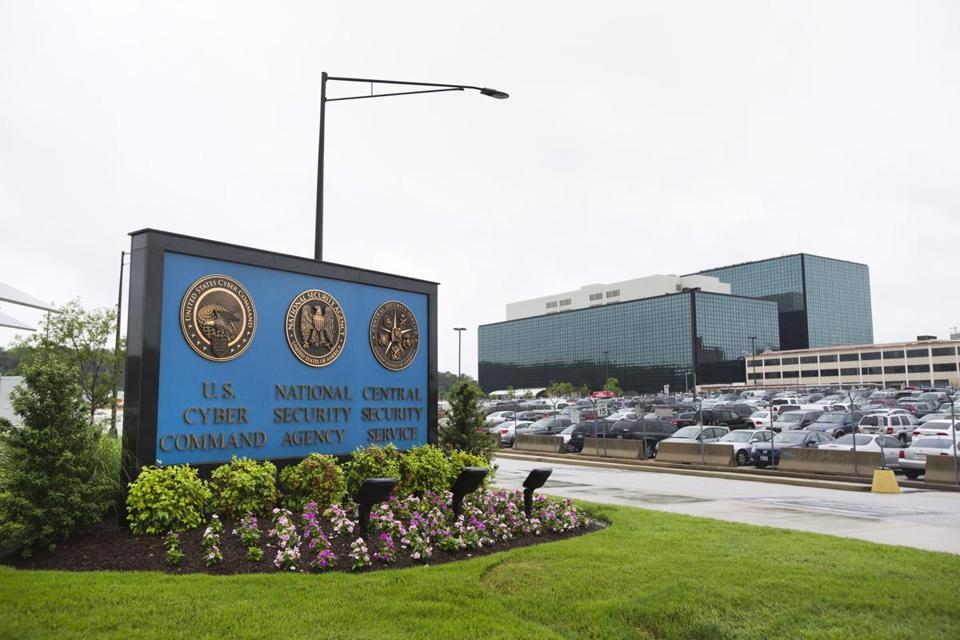
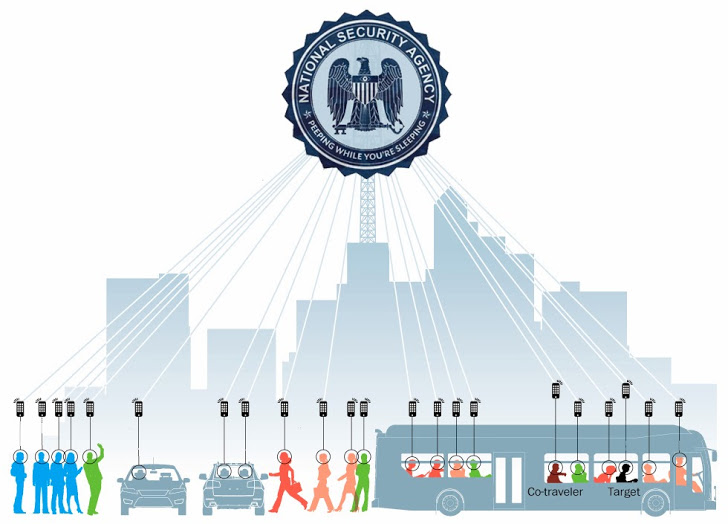
Other U.S. Agencies and Departments
The Central Intelligence Agency (CIA) and the U.S. Department of State, the other U.S. military-based agencies cited are real: the Defense Intelligence Agency (DIA), the Intelligence Advanced Research Projects Activity (IARPA) within the Office of the Director of National Intelligence, and the Defense Advanced Research Projects Agency (DARPA).
The quest for neurological singularity and Stewart Richard’s version of The Frontier would fit a side tagent of each agency mentioned.
Frankly, there is too little narrative time (especially in a suspense or thriller) to digress into the darker historical secrets to each of these agencies—and conspiracy theories abound—perhaps I’ll get a chance to explore those “deep, dark passages” in future stories.


